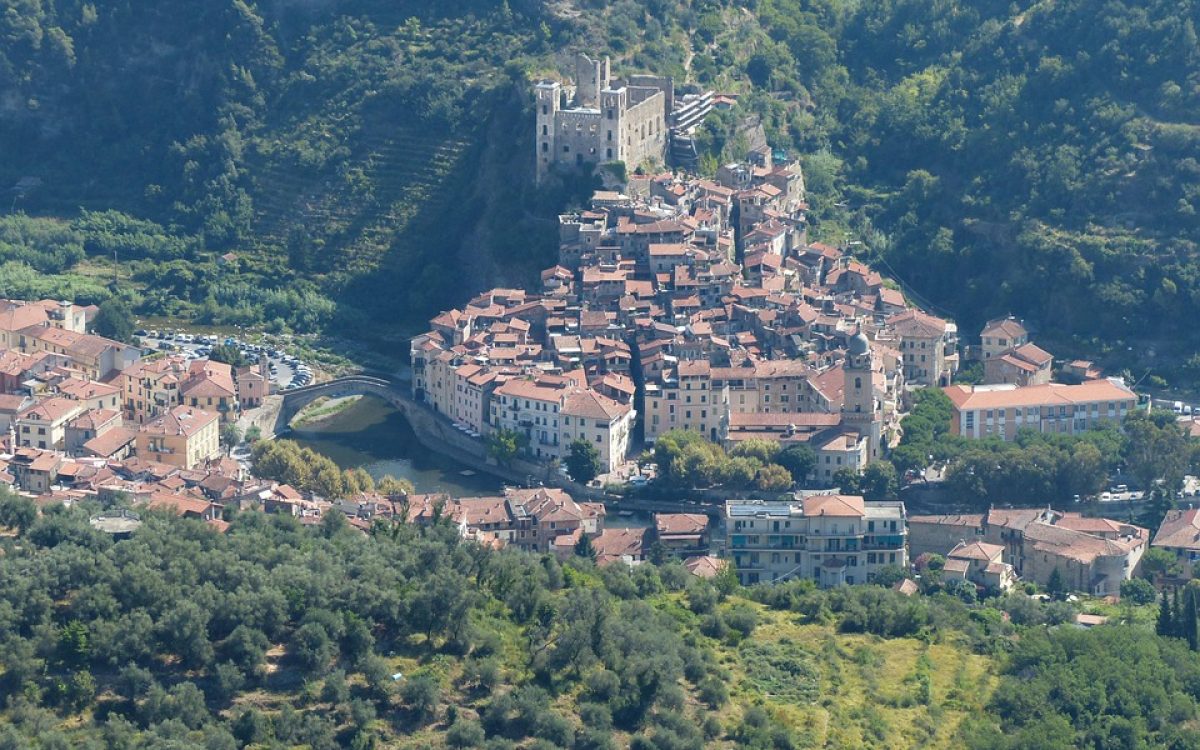Introduction
Claude Monet, the renowned French Impressionist painter, is known for his revolutionary use of color in his paintings. His unique approach to color theory and composition has inspired artists and art lovers alike for generations. In this article, we will delve into the fascinating world of Monet’s palette and explore the techniques he used to create his masterpieces.
Monet’s Color Palette
1. Vibrant Hues
Monet was known for his use of vibrant, bold hues in his paintings. He often used complementary colors to create contrast and depth in his work. For example, in his famous painting “Water Lilies,” Monet used shades of blue and green to create a serene and tranquil atmosphere.
2. Play of Light and Shadow
Monet was a master at capturing the play of light and shadow in his paintings. He used a technique called “broken color” where he applied small, distinct strokes of complementary colors to create the illusion of light and movement. This technique can be seen in his series of paintings of haystacks and cathedrals.
3. Atmospheric Effects
Monet was also known for his ability to capture the atmospheric effects in his landscapes. He used a technique called “en plein air” where he painted outdoors to capture the changing light and colors of nature. This can be seen in his paintings of the cliffs at Etretat and the gardens at Giverny.
Conclusion
Understanding Monet’s color palette is essential for appreciating the genius of his work. By studying his use of vibrant hues, play of light and shadow, and atmospheric effects, we can gain a deeper insight into the mind of a true artistic genius.
FAQ
- Q: What are some of Monet’s most famous paintings?
- A: Some of Monet’s most famous paintings include “Impression, Sunrise,” “Water Lilies,” and “Haystacks.”






